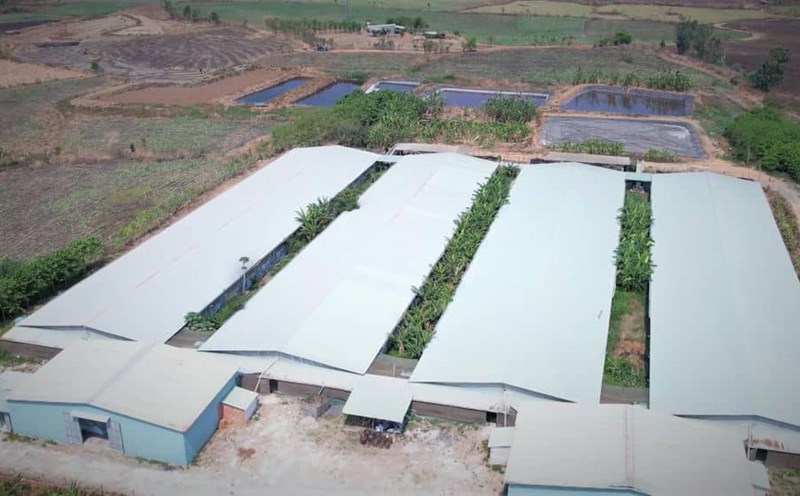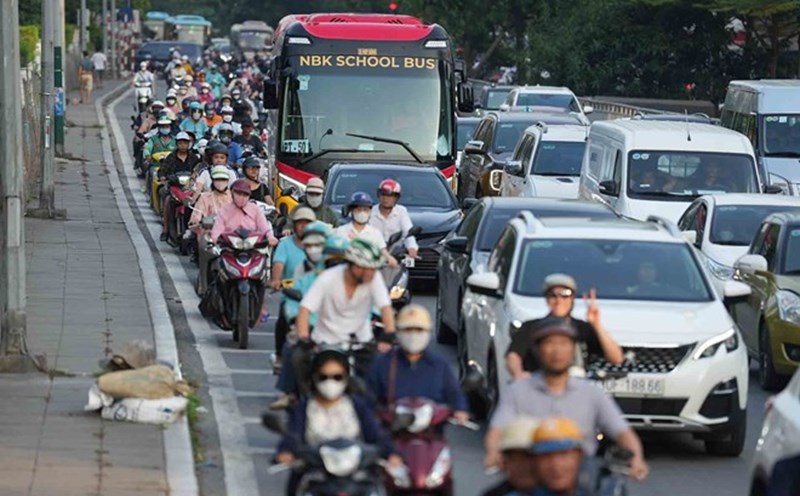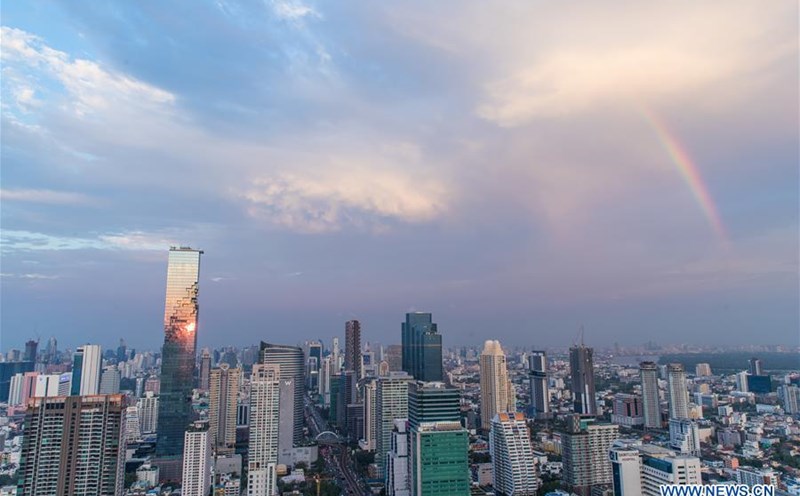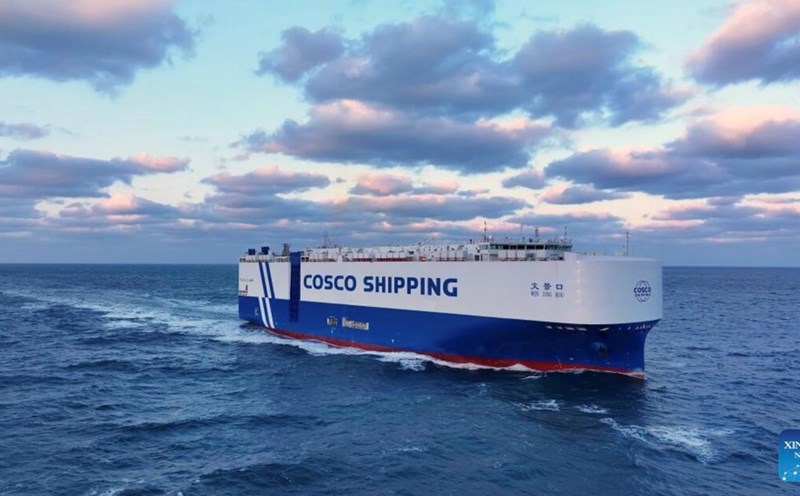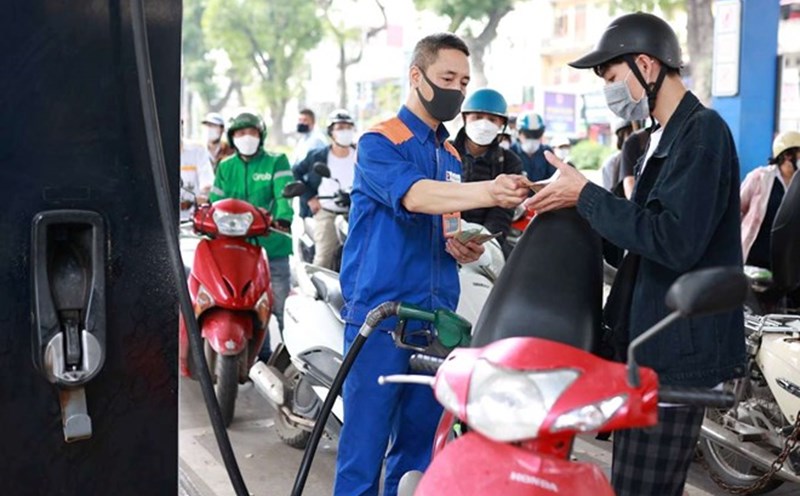According to Mr. Hoang The Hung - Director of Drainage Enterprise No. 1 (Hanoi Drainage Company Limited), many inner-city ditches are currently in a state of flooding, with prolonged sewers, making it difficult to handle the amount of waste. For example, the Ke Khe canal sewer project (under the Nui Truc - Son Tay road expansion project), approved in 2008, 1.04km long, has not been completed after more than 17 years.
Pollution in these ditches does not only come from waste but also from domestic wastewater discharged directly into the ditches. People living along both sides have to endure the stench, flies and mosquitoes, the risk of disease and flooding during heavy rain.
A similar situation occurred in Thuy Khue canal (Tay Ho ward), the section from lane 123 to lane 167 has not been seized. This area has long been a place for collecting household waste and construction waste. Every time it rains, the water overflows onto the shore, carrying an unpleasant odor. The floating garbage was piled up into large and small rafts, obstructing the flow and causing prolonged flooding.
People reported that drainage workers occasionally come to clear the water and collect garbage, but the effectiveness cannot be maintained for long. "We hope the canal will soon be completely drained to make the living environment cleaner" - Mr. Ma Quy Phong (Tay Ho ward) shared.
At lane 297 Tran Cung street (Nghia Do ward), the ditch section of Cau Da river has become a long-standing obsession for people. This is the place to receive domestic wastewater from households in Co Nhue 1 and Xuan Dinh wards (old Bac Tu Liem district). However, the flow is often blocked by garbage, causing water to stagnate, change color to black and give off a strong smell, seriously affecting public health.
Even the Nhue River, the section passing through Tu Liem and Phu Dien wards, is in a similar situation. Every time it rains heavily, the flow is obstructed by garbage and mud, water overflowing into residential areas, causing serious pollution. If not collected in time, garbage will flow into the underground sewer system, causing congestion and aggravating the flooding situation.
The Thuy Khue canal renovation project was approved in 2009, designed with a cross-section of 9-11m wide, built with two lanes for motor vehicles, a synchronous drainage and lighting system. However, up to now, the project is still in a state of being littered with materials, garbage is dumped all over the ditch and bank.
Mr. Hoang The Hung said that although the unit regularly dredges the two large ditches mentioned above, the construction progress is slow and the awareness of a part of the people is not high, causing waste to continuously recur. "Workers are very hard-working because after a few days of cleaning, garbage piles up, even construction waste" - Mr. Hung shared.
According to Prof. Dr. Tran Duc Ha - former Director of the Institute for Water Supply and Drainage Research and Environment, it is necessary to speed up the progress of sewerage, in parallel with dredging, clearing and synchronously planning the urban drainage system. Sharing the same view, Associate Professor, Dr. Bui Thi An - Director of the Institute of Natural Resources, Environment and Community Development - emphasized: "The act of discharging waste into canals and ditches - the main cause of pollution and flooding - must be strictly punished".
Currently, the North and Hanoi are in the peak of the rainy and stormy season, the role of the drainage system is extremely important. However, if the situation of canals being "drowned" by waste is not improved soon, flooding will continue to be a difficult problem.

